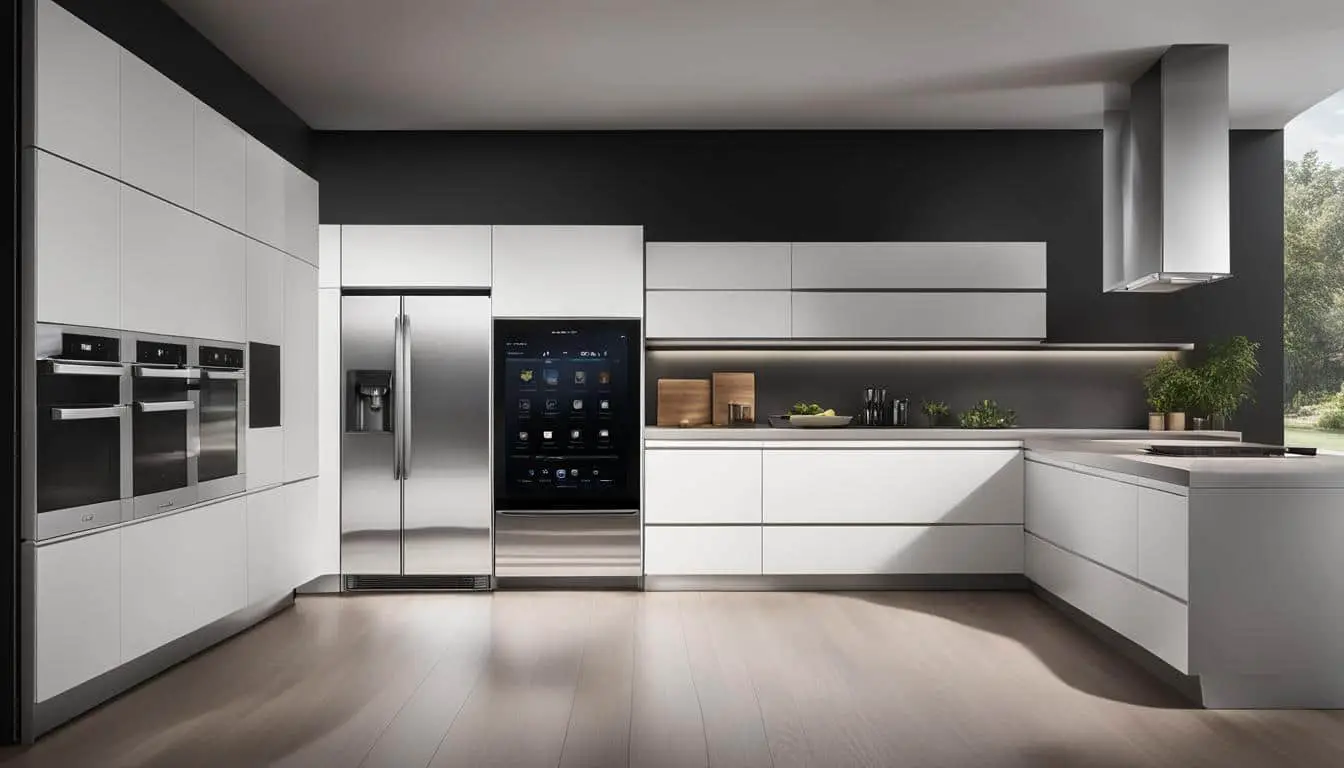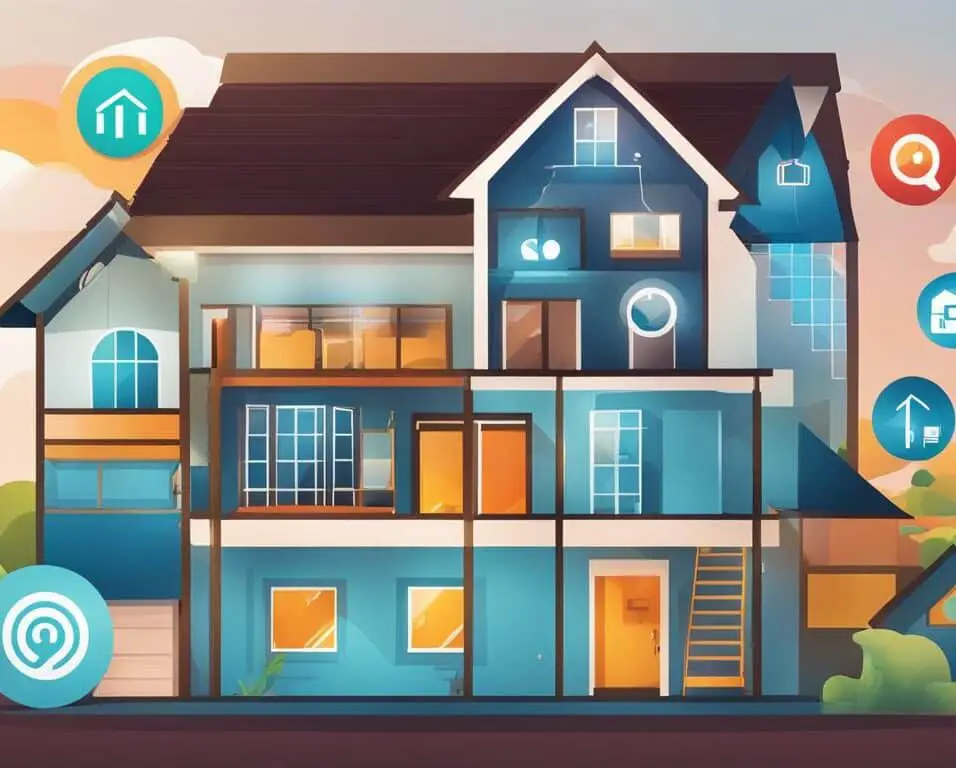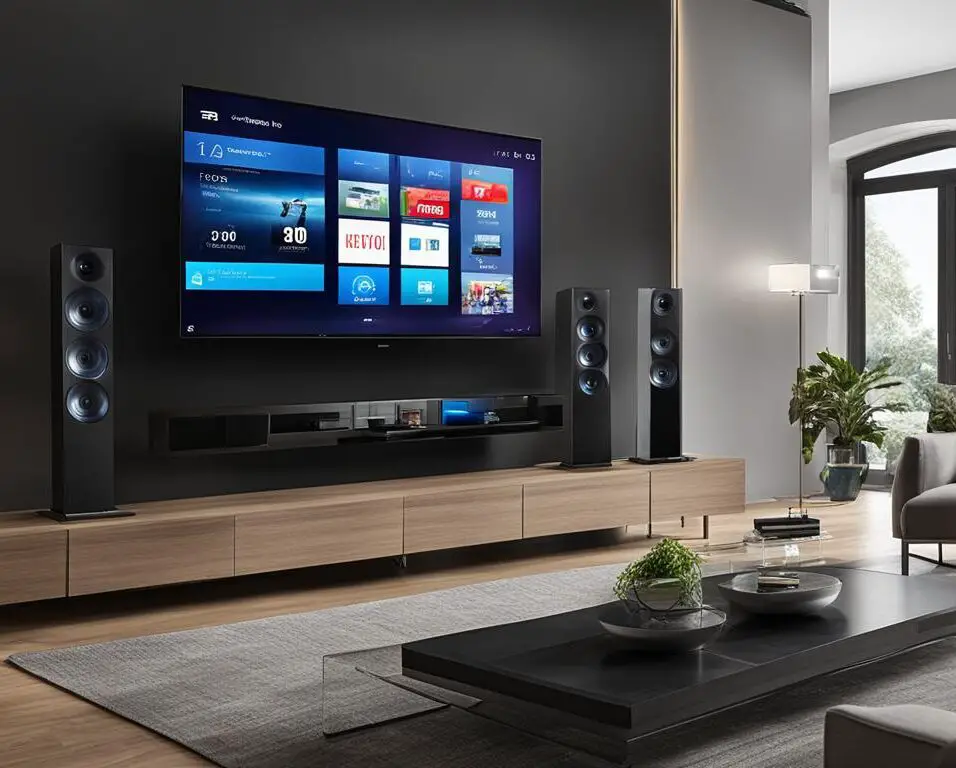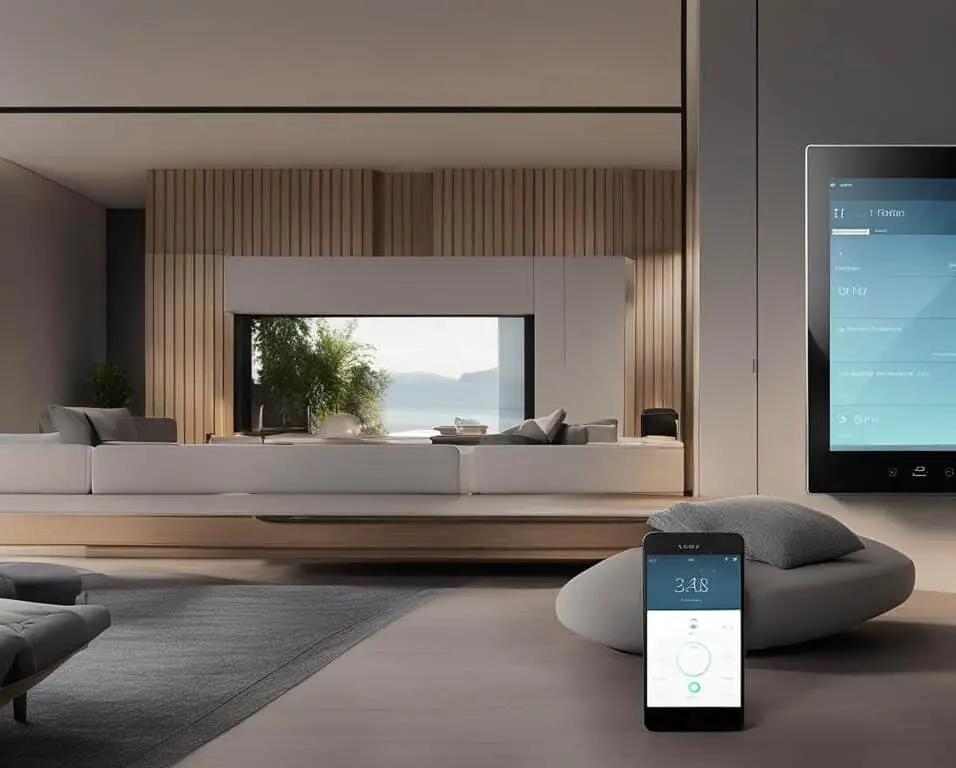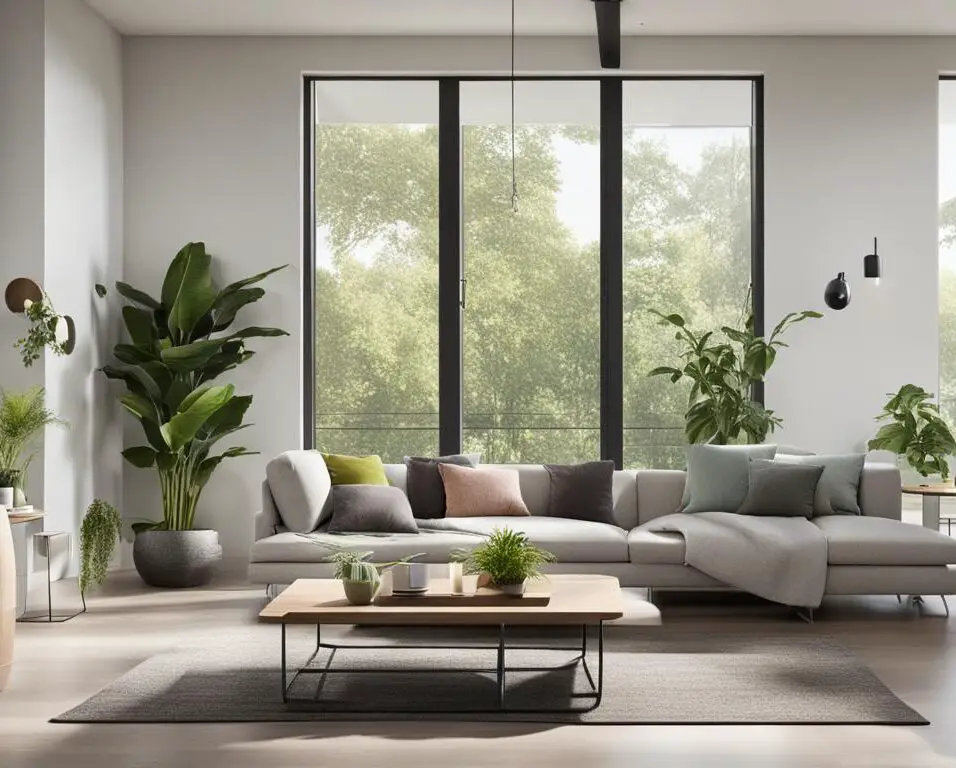The Future of Home Living: Trends in Smart Home Tech
Smart home technology has evolved rapidly in recent years, transforming the way we live and interact with our homes. From seamless automation to connected appliances, the future of home living is becoming increasingly smarter and more efficient.
One of the major trends in smart home tech is the integration of devices. Smart devices are now starting to communicate with each other, creating a greater sense of connectedness and ease of use. Whether it’s controlling your lights, thermostat, or security system, the ability to manage all aspects of your home from a single device is becoming a reality.
Artificial intelligence and the Internet of Things (IoT) are also driving the future of smart home technology. Voice assistants, such as Amazon Alexa and Siri, are becoming more advanced and intuitive, allowing for hands-free control of various devices. The IoT enables devices to connect and share data, creating a seamless and personalized user experience.
The Covid-19 pandemic has also sparked new trends in smart home tech. Touchless technology, including touchless doorbells and voice-activated appliances, has gained popularity as people prioritize hygiene and safety. Smart thermostats have become widely adopted for their energy efficiency and cost-saving benefits, while health tech devices now incorporate features like humidity sensors and temperature-taking functionality.
The shift to remote work has also led to the rise of at-home exercise tech and smart home office innovations. From connected fitness equipment to smart desks, technology is transforming our home workspaces to be more productive and efficient.
A seamless smart home experience relies on high-speed internet connection and advanced security features. Ensuring privacy and security is critical to protect smart home users from potential risks.
In summary, the future of home living is all about smart home technology. With trends in integration, artificial intelligence, touchless technology, and health tech, our homes are becoming more connected, efficient, and personalized than ever before.
Key Takeaways:
- Integration is a major trend in smart home tech, allowing devices to communicate and create a seamless user experience.
- Artificial intelligence and the Internet of Things are driving the future of smart home technology, enabling voice control and personalized automation.
- Touchless technology has gained popularity amidst the Covid-19 pandemic, prioritizing hygiene and safety.
- Smart thermostats and health tech devices offer energy efficiency and health monitoring capabilities.
- The shift to remote work has led to the rise of at-home exercise tech and smart home office innovations.
Multifunctional Tech and AR Home Control: The Future of Smart Home Innovation
The future of smart homes is shaping up to be a world of multifunctional tech and AR home control. As technology continues to advance, we can expect to see more smart home gadgets that combine multiple functions into a single device. These hybrid products offer convenience and efficiency, minimizing clutter and maximizing space.
One exciting example is the emergence of smart glasses. These wearable devices not only provide augmented reality experiences but also serve as a control hub for managing various smart home devices. Imagine being able to adjust the lighting, temperature, and security systems in your home with a simple gesture or voice command through your smart glasses.
Another trend we can expect to see is the integration of smart home gadgets with everyday furniture and appliances. Companies like LG have already introduced innovative products like the Air Purifying Table, which not only functions as a table but also doubles as an air purifier, LED light, and wireless charger. These multifunctional devices not only save space but also offer a more streamlined and connected living experience.
“The future of smart homes lies in the seamless integration of technology into our daily lives, making our homes more efficient, comfortable, and convenient.”
In addition to multifunctional tech, the future of smart homes will also be driven by advancements in home automation. As artificial intelligence and machine learning continue to evolve, our homes will become smarter and more responsive to our needs. From automated energy management systems to robotic assistants that can perform household tasks, the possibilities are endless.
Table: Examples of Multifunctional Smart Home Gadgets
| Smart Home Gadget | Functions |
|---|---|
| LG Air Purifying Table | Air Purifier, Table, LED Light, Wireless Charger |
| Novabot Lawnmower | Lawnmower, Security Sentinel |
| Airbot Z1 | Air Purifier, Audio Speaker |
As the smart home industry continues to innovate, multifunctional tech and AR home control are set to revolutionize our living spaces. By combining functionalities and leveraging augmented reality interfaces, we can expect a more seamless and intuitive smart home experience. The possibilities are exciting, and the future of smart homes looks promising.
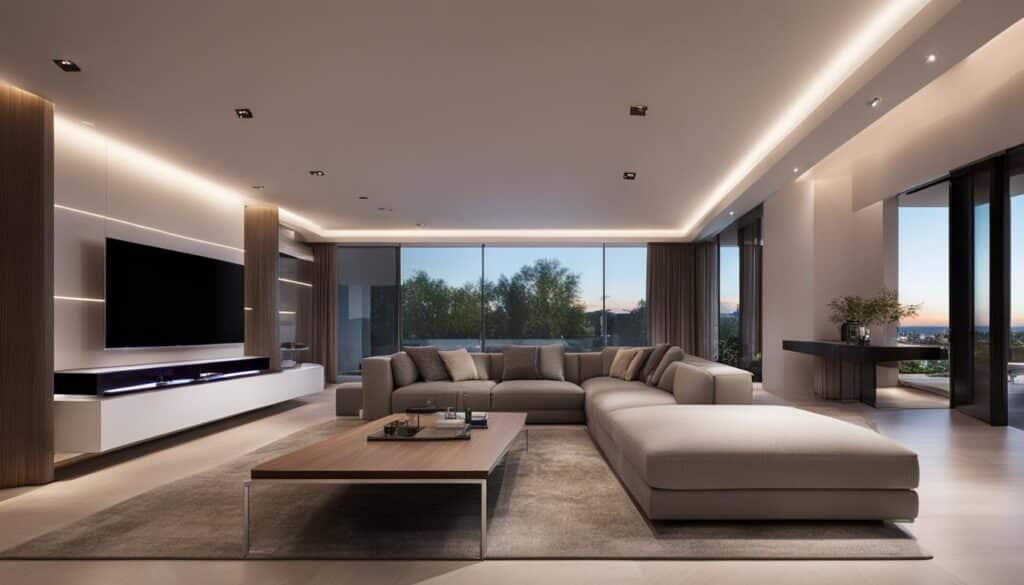
The Evolution of Smart Home Systems and the Future Outlook
Smart home systems have undergone significant evolution over the past decade, driven by the integration of the Internet of Things (IoT) and advanced technologies like artificial intelligence and machine learning. These advancements have revolutionized the way we live, offering seamless connectivity and personalized experiences in our homes.
Today, smart home automation has become a reality, with wireless sensor networks, multi-agent systems, and internet-based technologies facilitating the three-phase structure of smart home systems: data collection, processing, and service delivery. This integration has paved the way for various trends and innovations in the industry.
From enhanced smart home connectivity and in-house security solutions to personalized health management devices and intelligent energy management solutions, the possibilities are vast. Robotics is also playing a significant role in shaping the future of smart homes, with AI-driven robots providing assistance with household tasks and optimizing energy consumption.
Looking ahead, sustainable energy solutions will gain prominence, ensuring a greener and more efficient living environment. The introduction of the Matter protocol will further simplify the smart home landscape by offering a standardized communication protocol, fostering compatibility between devices from different manufacturers.
The Future of Smart Homes
The future of smart homes holds exciting potential. We envision an even greater integration of technology into home design and construction. Personalized health monitoring solutions will become more prevalent, allowing individuals to track their well-being seamlessly. AI-driven robots will collaborate with us to create a harmonious living environment, attending to household tasks and simplifying our lives.
Efficient energy management will be at the forefront, driven by sustainable solutions that reduce our carbon footprint. Advanced lighting options will enhance our surroundings, adapting to our needs and preferences. Home automation will become as essential as basic utilities, transforming the way we interact with our living spaces.
While privacy and cybersecurity concerns continue to be important, the benefits of smart home technology are undeniable. As the evolution of smart home systems progresses, we move closer to a future where technology seamlessly integrates into our everyday lives, enhancing our comfort, convenience, and well-being.
FAQ
What are the latest trends in smart home technology?
The latest trends in smart home technology include integration between devices, artificial intelligence, touchless technology, smart thermostats, health tech, at-home exercise tech, high-speed internet connection, high-tech security features, and privacy features.
What is the future of smart homes?
The future of smart homes will see a rise in multifunctional tech products, augmented reality home control, standardized communication protocols, artificial intelligence and machine learning, home robots, and advanced automation.
How have smart home systems evolved over the years?
Smart home systems have evolved with the integration of IoT, advanced technologies like artificial intelligence and machine learning, wireless sensor networks, multi-agent systems, and internet-based technologies.
What are the current trends in smart home innovation?
Current trends in smart home innovation include smart home connectivity, in-house security solutions, personalized health management devices, smart home heating systems, advanced lighting options, intelligent energy management solutions, sustainability-focused technologies, and home robotics.
What is the Matter protocol and how does it impact smart homes?
The Matter protocol is a standardized communication protocol that ensures compatibility between devices from different manufacturers, simplifying the setup process and enabling seamless integration within the smart home ecosystem.
What can we expect from the future of smart home technology?
In the future, we can expect even greater integration of technology into home design and construction, AI-driven robots, personalized health monitoring solutions, energy-efficient infrastructure, and a harmonious, tech-integrated living environment.



